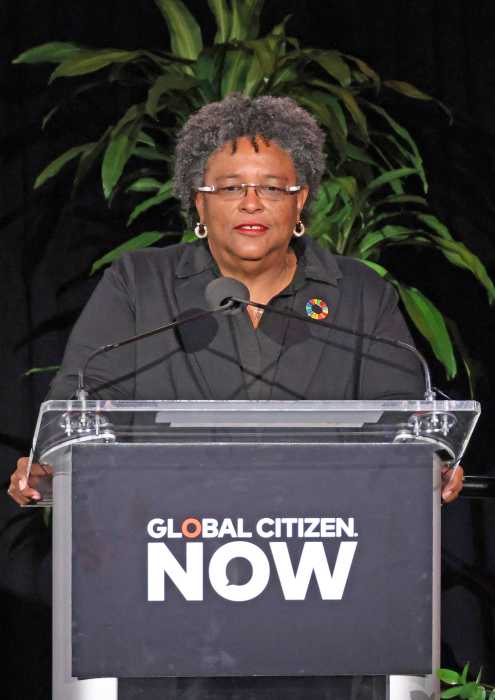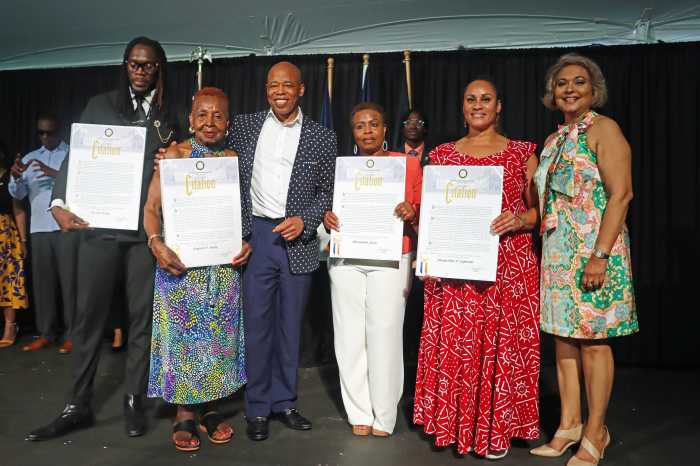Forecasters at Colorado State University have predicted a “below-average probability for major hurricanes” this year.
Meteorologists Philip J. Klotzbach and William M. Gray said on Apr. 4 that their prediction makes landfall along the United States coastline and in the Caribbean less likely.
They forecast 10 named storms in the Atlantic Basin, stating that only four will become hurricanes and two will become major hurricanes. They said a major hurricane is a category 3, 4 or 5 storm.
In the period 1981-2010, Klotzbach and Gray said there were an average of 12 named storms, 6.5 hurricanes and three major hurricanes a year.
The meteorologists based their prediction on the cooling of the Atlantic Ocean over the past several months and the increased chances of an El Nino, or warming of Pacific waters, over this year’s hurricane season.
There is a “fairly high” likelihood that an El Nino effect will develop this summer, they said.
El Nino is a warming of surface waters in the tropical Pacific that occurs every four to 12 years and has serious implications around the globe.
It creates wind shear that makes it more difficult for budding storms to develop into hurricanes in the Atlantic-Caribbean basin.
But Klotzbach and Gray said El Nino can produce drought and crop failure in parts of South Asia and wetter than normal conditions in western coastal areas of South America.
“Coastal residents are reminded that it only takes one hurricane making landfall to make it an active season for them, and they need to prepare the same for every season, regardless of how much activity is predicted,” they, however, warned.
In 2011, Klotzbach and Gray predicted 16 named storms and five major hurricanes. There were actually 19 named storms and three major hurricanes.
The 2012 Atlantic hurricane season begins on Jun. 1.

























